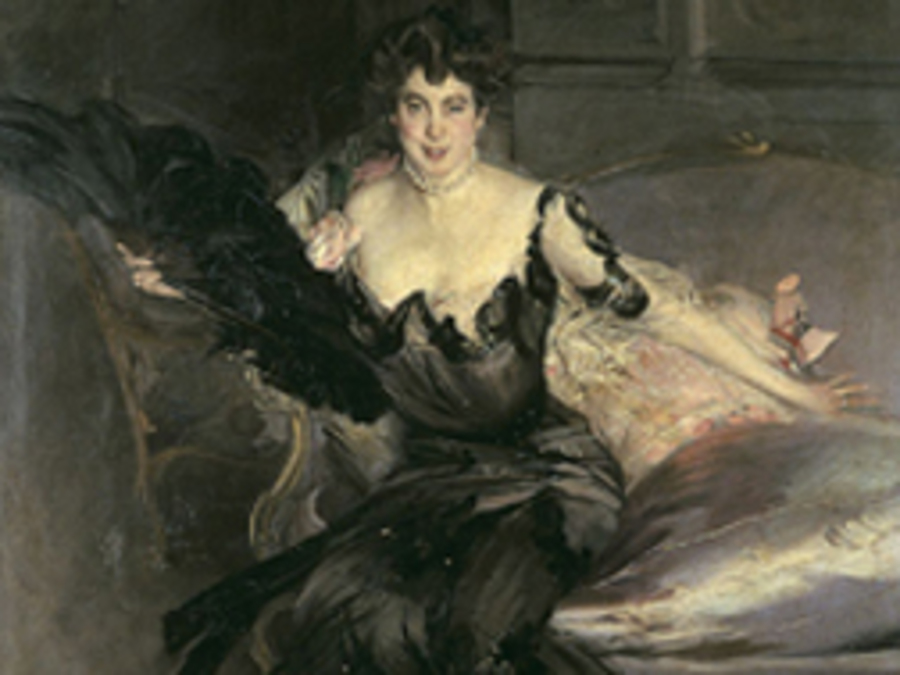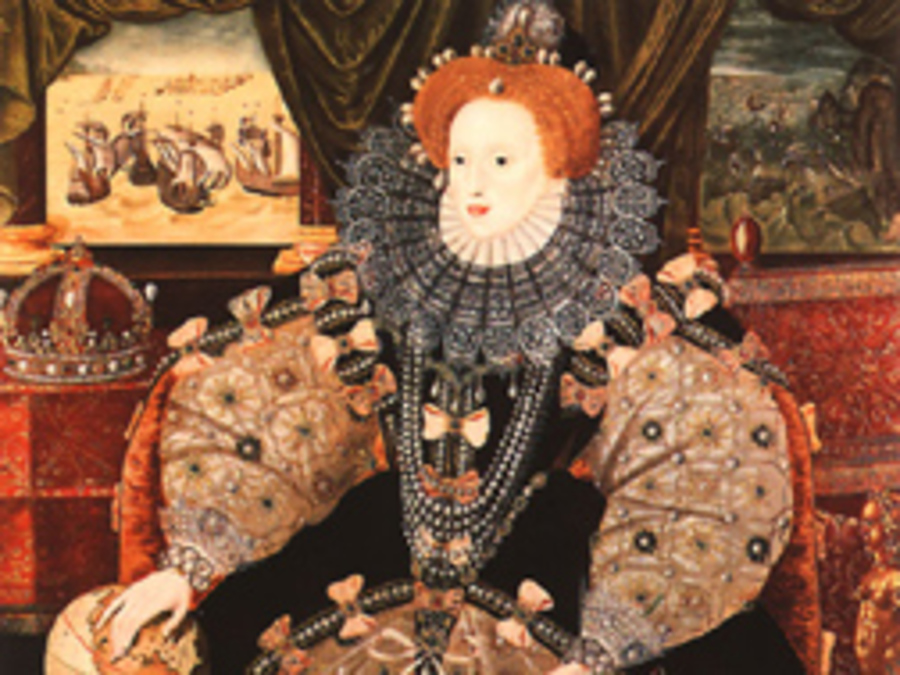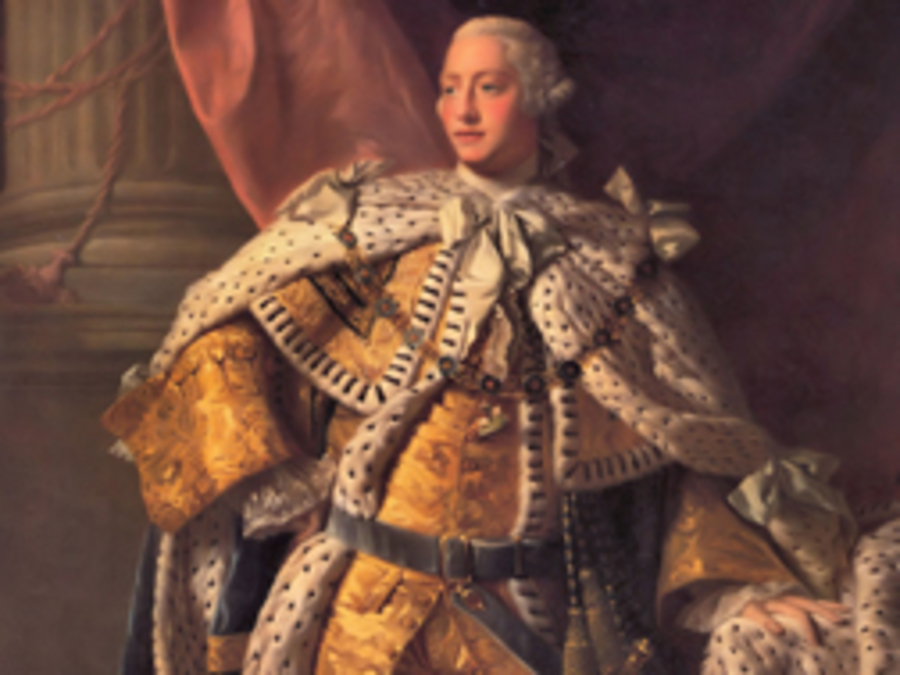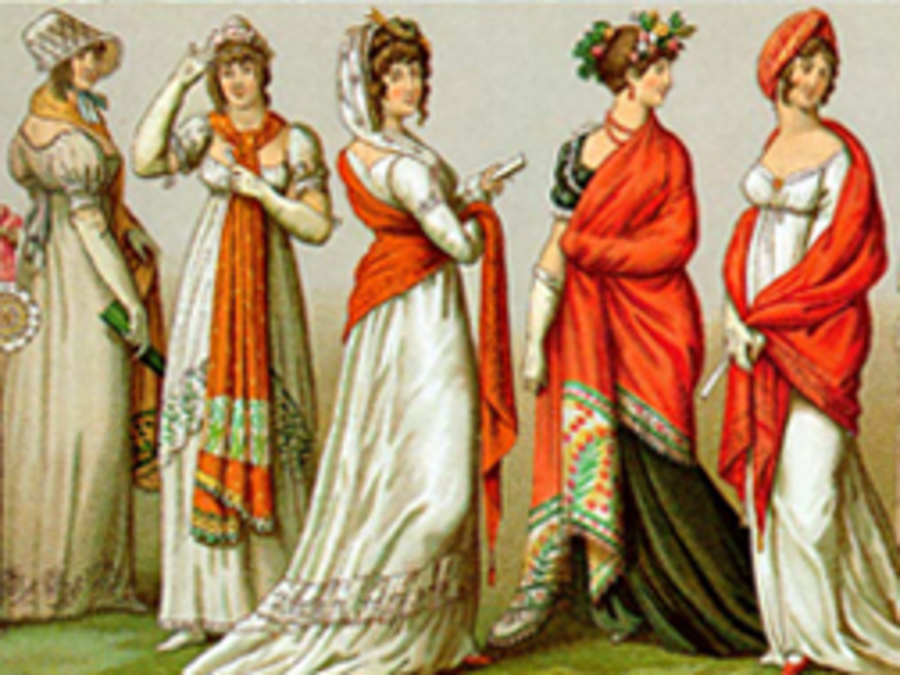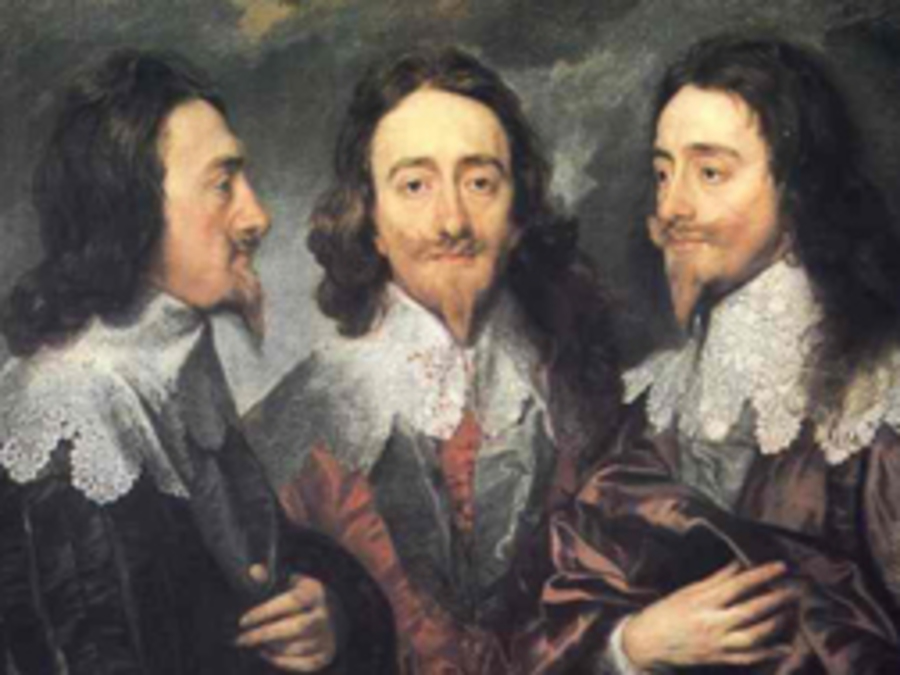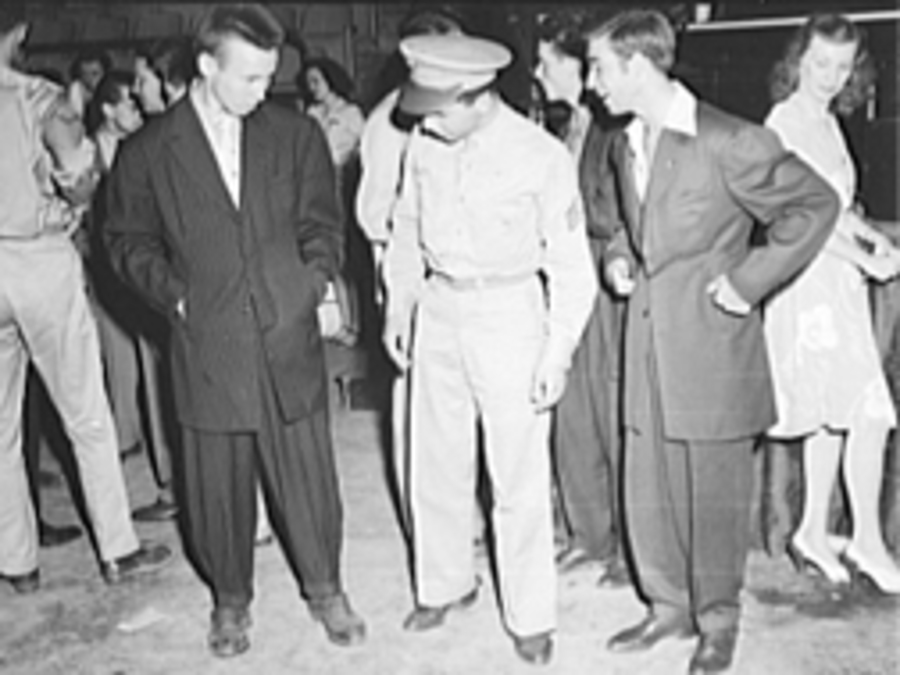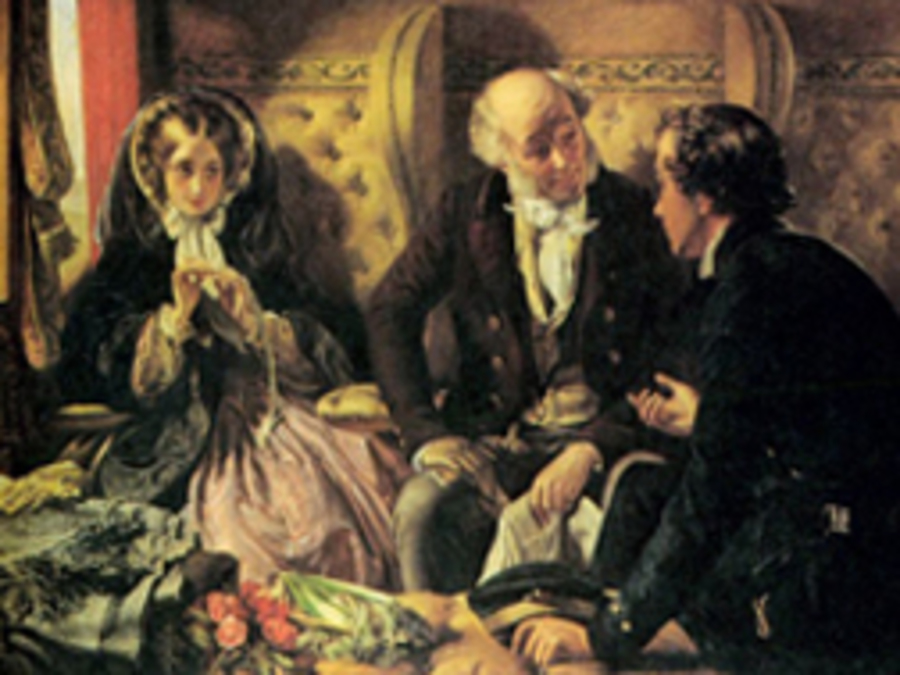 Try these videos to get started. Must be on campus or login with your COM account for off campus access.
Try these videos to get started. Must be on campus or login with your COM account for off campus access.
Want more on finding media? Try Articles & Media.
-
The Edwardians and After (1901-1939) (26:15)
World War I would soon write finis to the world of glitter and elegance. Formality was loosening, the Gibson girl was the rage, and so was wearing grotesque assemblages of dead birds affixed to hats. The first of the major couture houses were established, and Japanese influence belatedly hit the fashion world, combining the worst of East and West. From hobble skirts to tailored suits, women responded to emancipation with raised hems and bobbed hair and the occasional demonstration that an attractive woman looks good even in the most hideous clothes.
-
The Elizabethans (1558-1603) (26:29)
Elizabethan dress is of particular interest to students of Shakespeare, for in his time, his plays were performed in contemporary clothes. This program explains the court clothes, how they were made and given shape; who wore what, and what kind of nonverbal messages clothing sent; how complicated it was to dress and, once dressed, to move about; how children’s clothes reflected their role as miniature-version adults.
-
The Georgians (1714-1790) (26:53)
Social barriers were crumbling, and this showed in fashion. Elegance was the goal. His fancy huge cuffs were proof that the wearer was a gentleman; he couldn’t work in such garb. When George III came to the throne (he who lost the American colonies), he was the youngest monarch since Elizabeth, and the general style became younger. As he grew older, coiffures became larger, and some of the decorations—fruits, feathers, sculptural ornaments like ships—made such cozy nests for rodents and vermin that they were eventually banned.
-
The Regency (1790-1837) (25:38)
his was a period when wars and revolutions were coming thick and fast. Industrialization, the French Revolution, Romanticism—all these are reflected in the simplification of dress, the disappearance of lace and ruffles and the kind of ostentation that bespoke aristocracy. The growth of the English woolen industry led to the displacement of silk by wool. The same love of Orientalism and archaism that pervades the literature of the period appears in the Turkish turbans and Grecian waistlines and hairdos. Among other things, we learn from this program the origin of the term "guinea pig" and Beau Brummel’s rules for tying a cravat.
-
The Stuarts (1603-1714) (27:17)
A new king, who wasn’t English (James the First was Scottish), and the style was decidedly different. The 16th century had been dominated by Spanish influence; in the 17th century, the influence was French. The style for men was longer hair, lace and frills around the knees, bucket boots sometimes to the waist, sometimes pushed down; the Van Dyck beard says it all. Women dropped their necklines, narrowed their sleeves and bared their arms to the elbow, showed their hair. The Puritans, with their short hair and plain clothes, looked chic without intending to.
-
To the New Elizabethans (1945- ) (26:19)
Drabness and shortages marked the years after World War II, until Dior’s New Look arrived. And then a parade of innovations: artificial fibers, separates, casual clothes, stiletto heels and witches’ toes, Teddy boys and zoot suits—an example of fashion coming from below and not above. It took 15 years from the introduction of the lady’s pantsuit until a woman wearing pants was admitted to a tony London restaurant; meanwhile, Mary Quant arrived with clothes made for young people, miniskirts, tights. Boutiques were in. And above all, people asserted their own personalities in selecting their clothes, instead of letting "fashion" dictate.
-
The Victorians (1837-1901) (26:07)
As the age approaches our own, time accelerates; and in the six-and-a-half decades of Victoria’s reign, changes came thick and fast: England’s population doubled, the economy exploded, railways shrank the country’s size, iron and steel were everywhere—in clothing too, in the women’s steel hoops and cages and bustles. This was an age that began in moderation and soon became a contest for conspicuous consumption; an age of contradictions, too, when children began to be dressed as children while women were strapped into tight corsets; an age that ended looking not all that different from our own.
![]() Try these videos to get started. Must be on campus or login with your COM account for off campus access.
Try these videos to get started. Must be on campus or login with your COM account for off campus access.